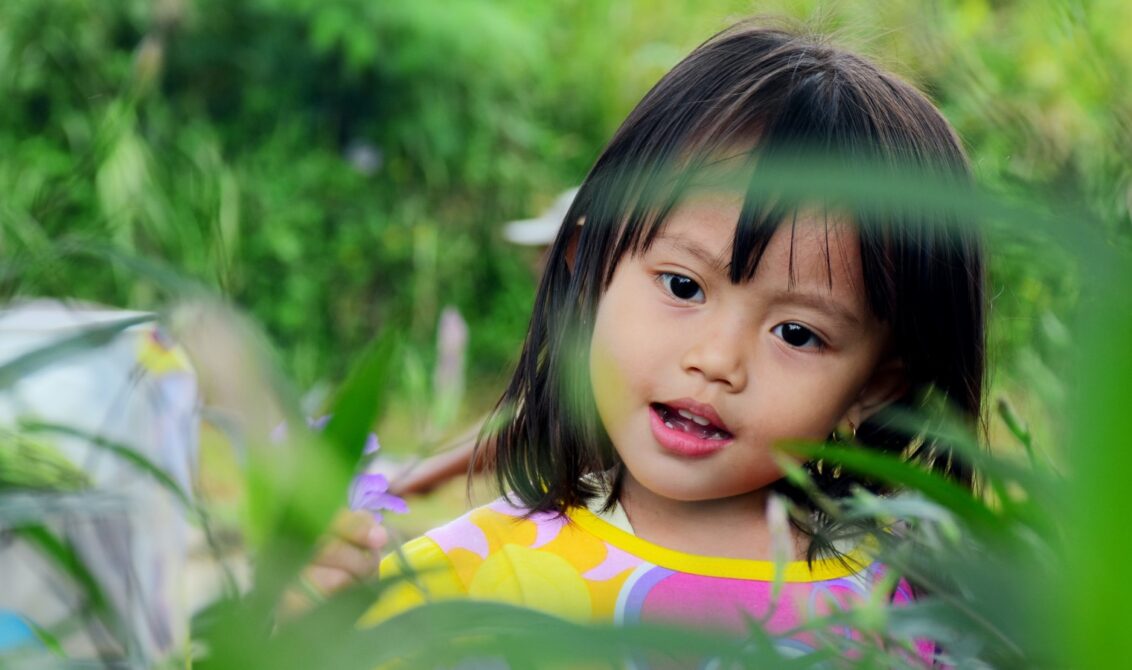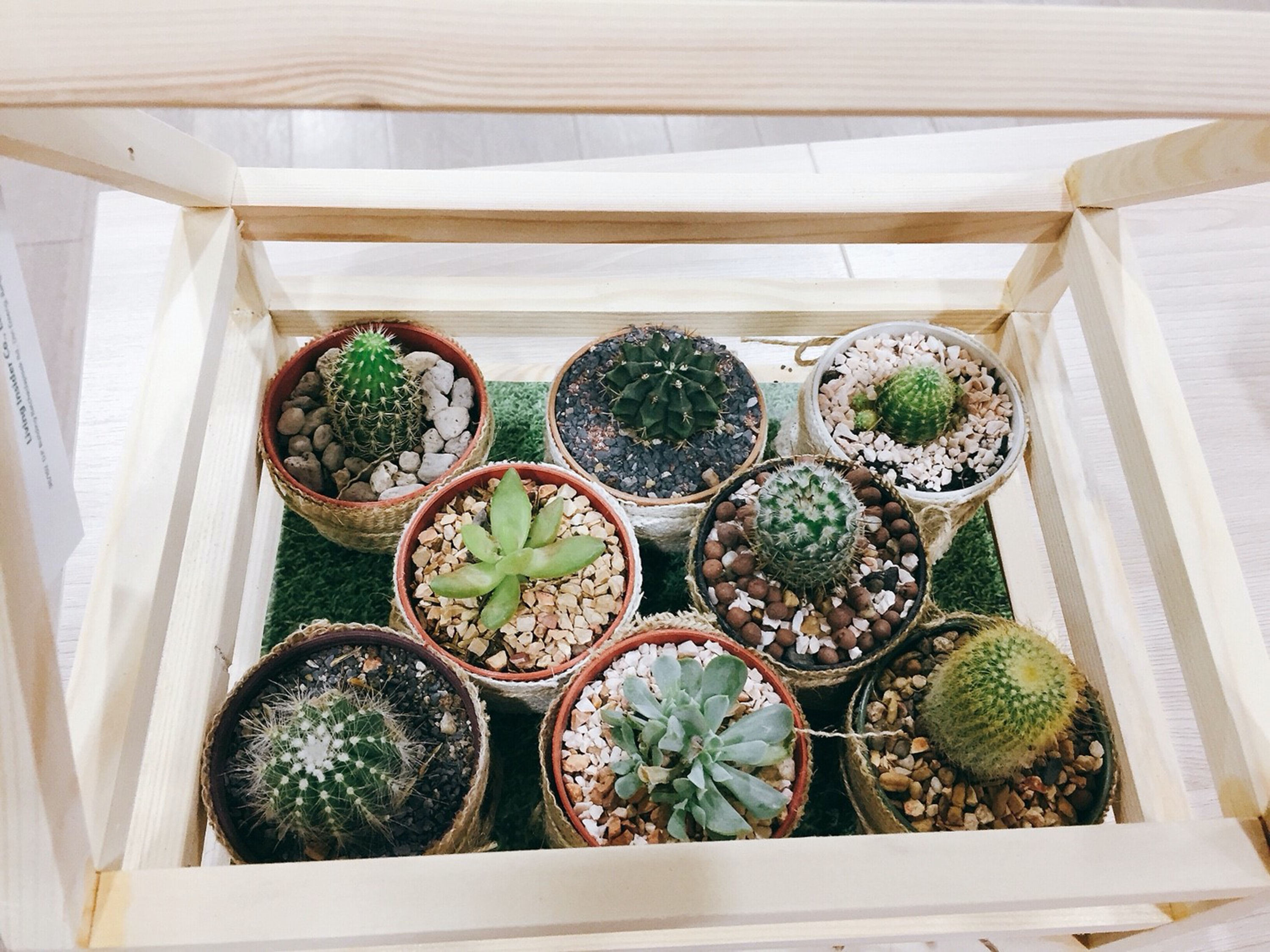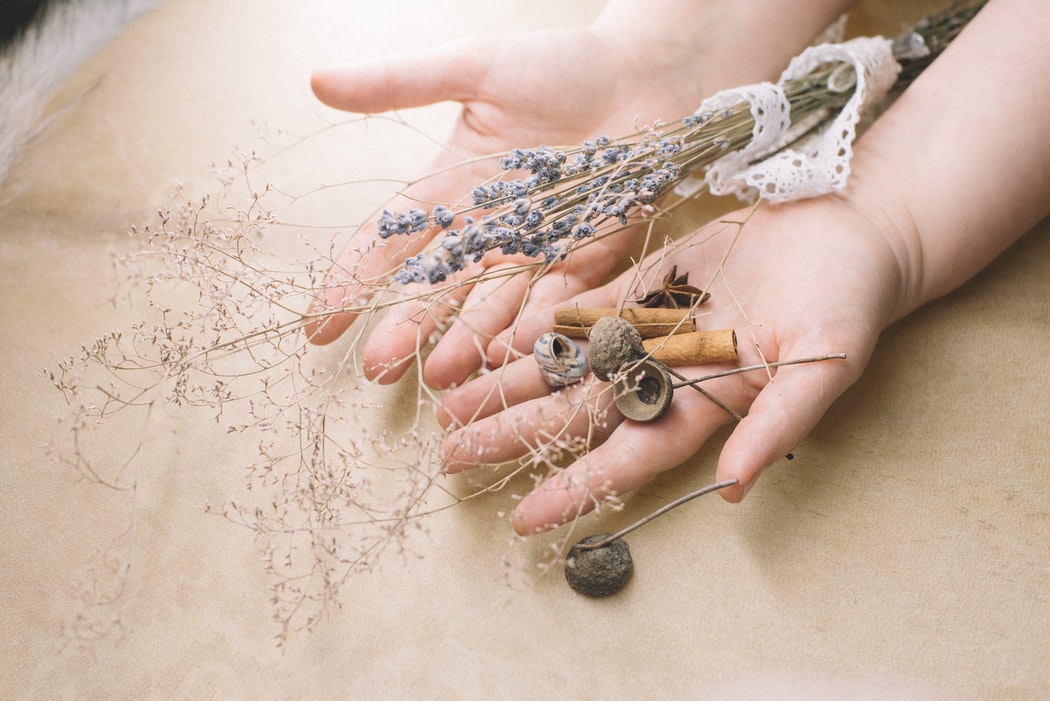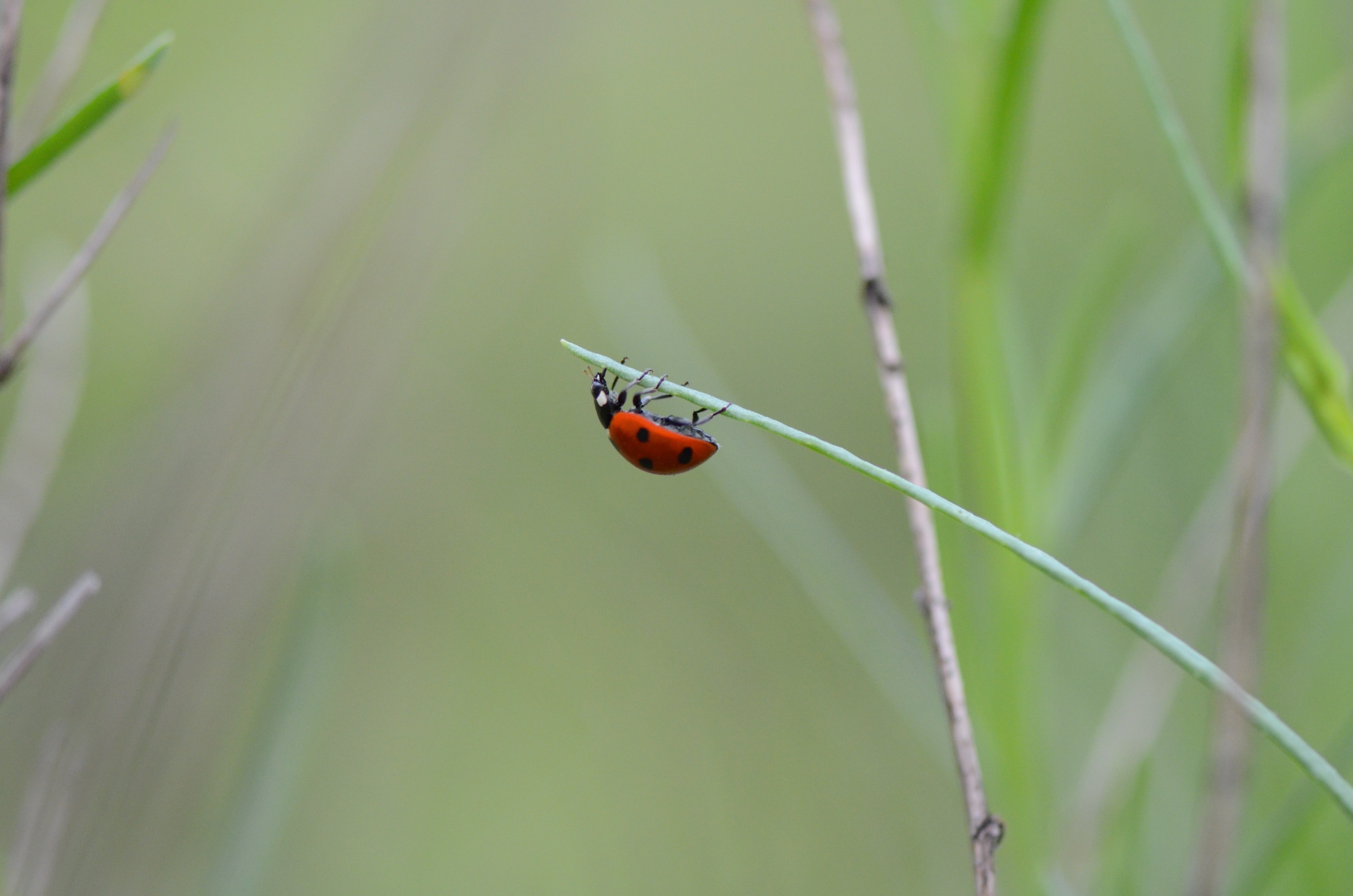
In the last year, we have spent more time indoors and on screens than ever before. Unsurprisingly, this has had a big impact on mental health – especially on children and adolescents. Research has found that young people have been suffering from increased levels of anxiety, loneliness and frustration.
But now students are back in the classroom. This makes it a good time to think about how we can mitigate the effects of this prolonged period of isolation from their peers.
There are lots of studies which show the cognitive benefits that come from a deeper connection with the natural world. Boosting your students’ connection to nature is an easy way to counteract some of the negative effects that the pandemic has had on learners.
One study from the University of Michigan shows that memory, focus and attention spans improved by as much as 20% after spending just an hour in nature. And when people spend time in natural environments, it boosts their creativity and problem solving skills. In another study, participants displayed more generous, empathetic and helpful behaviour after being exposed to the beauty of nature in the form of plants.
So with all these benefits to interacting with nature, how can you help your students get started?
Bringing nature into the classroom
Some schools are prioritising student wellbeing. For example, this school in England cancelled lessons for a week to allow pupils to spend time outside. But while that’s not always possible or practical, there are ways you can bring nature into your classroom:
1. Create an indoor garden

Teaching outdoors isn’t always possible, but even in the city centre we can bring the outdoors into our classrooms. Studies have shown that including potted plants in the learning environment can have the effect of reducing bad behaviour and absenteeism.
If you want to try this, involve your students from the get-go. Let them choose which plants to have in your classroom and research the amount of water and sunlight each plant needs. Entrusting your students to take care of the plants will give them a sense of responsibility.
What’s more, classroom plants can be great teaching material across lots of topics. You could measure their height in a maths lesson, or use them as subjects for a still life in art. There are lots of possibilities!
2. Use natural loose parts

Your loose parts collection is an opportunity to bring nature into your classroom. Instead of using plastic counters, pipe cleaners and bottle tops, try stocking your classroom with pine cones, pebbles, sticks, and shells. This allows your students to interact with natural materials, which can be used across a wide range of ages and subjects. For example, a pile of pebbles is a useful prop for addition, for multiplication, for practising weighing or creating a tower.
You can get your students to contribute your loose parts collection. Ask them to bring in pine cones or dried leaves or sticks – anything they might find in the park or on a walk.
3. Introduce nature journals

A nature journal is a cross between a class book and a diary. It’s a place for students to record their observations of the natural world in whatever way they choose. Maybe it’s a diagram of a seed pod or a written description of an anthill. They could do a rubbing of bark or a leaf. They could include observations about the weather, or print out photographs of cloud patterns. Journaling will provide your students with the motivation to meditate on and connect with nature. And it will give them a creative outlet too.
4. Incorporate nature with STEAM learning

Interacting with nature can provide a good opportunity for STEAM (science, technology, engineering, art, and maths) learning. When it comes to science, nature study is an easy introduction to botany and biology, even for small children. Encourage your students to use apps to identify leaves, trees and insects, which will boost their tech skills. An engineering challenge could be to build a bird’s nest from twigs. Then you could incorporate art by getting your students to draw their designs. And of course, the observation of nature – measuring and weighing – are good ways to practise maths skills.
Read more
Nature is a powerful tool for learning. By making nature a central part of your students’ learning experiences, you’re helping them to access all the benefits that the natural world can bring. But more simply, connecting with nature enhances our mental and emotional well being. And as all teachers know, learning is more effective when children are happier.
Have you noticed that your students seem stressed or anxious? Our blog has lots of suggestions for helping to build your students’ resilience and reduce their stress, from creating a reading culture to practising mindfulness.
Main post image photo by Nurpalah Dee on Unsplash

